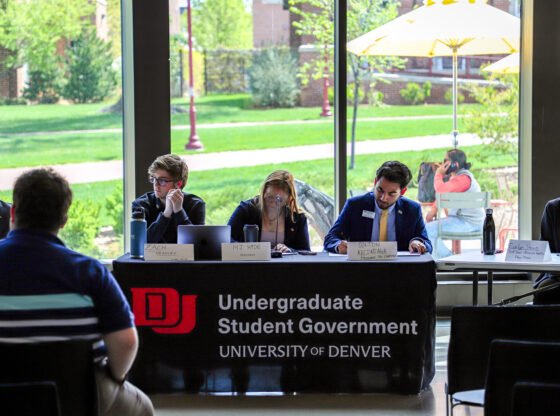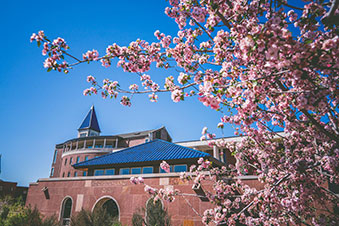DU was one of the 13 colleges that received high marks by the Advancement of Sustainability in Higher Education’s Sustainability Tracking program, called STARS, out of 268 institutions across the country that reported their sustainability footprint.
The Environmental Sustainability Council (ESC), set up by Chancellor Robert Coombe in 2007, guided the university to the award. The council is comprised of students, faculty and administration who work together in sub-committees to affect change across campus.
“A million things matter in sustainability, and for five years we have been aggressively pursuing energy conservation,” said Frederico Cheever, the chair of the council.
Cheever said that the ESC works to ensure that newly built buildings are insulated and that renovated buildings increase efficiencies such as lighting and heating.
“The changes are definitely not flashy, but they do work,” said Cheever. “We have saved the university hundreds of thousands of dollars through conservation.”
The ESC is also working with DU facilities to figure out the most sustainable, least water intensive grass possible. Four different grasses are being tested in front of the remodeled Boettcher Center. DU encourages students to use the grass and test it out.
The council has also worked to create such large known programs as the RTD eco-passes, the B-Cycle bike sharing stations, the car share services and the community gardens across campus.
The STARS program not only values changing sustainability around campuses, but also has an education and social component. To receive the highest rating possible, universities must teach sustainability and make energy conservation an economical endeavor.
DU has created a new minor in sustainability, and students have access to classes teaching everything from ecology to climate change. According to the ESC, there will most likely be new academic initiatives in teaching sustainability.
The Daniels College of Business (DCB) helped the ratings of the university with its net-zero home initiative. The home was designed to save energy with the best possible insulation and airtight windows. This home costs zero dollars annually on its energy bill using energy-efficient materials, including solar panels.










